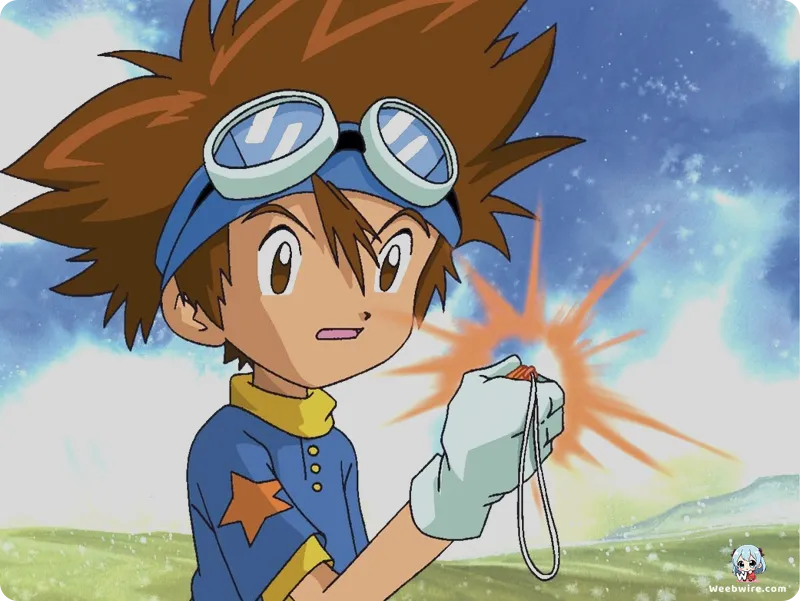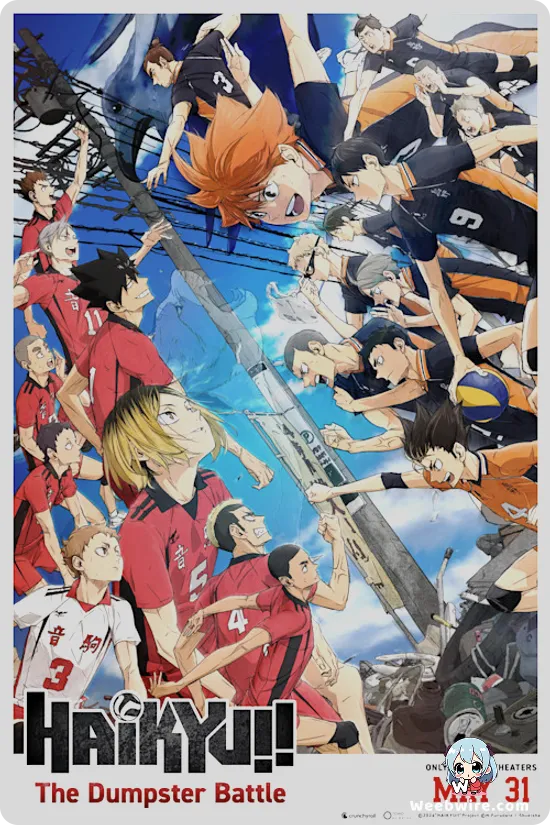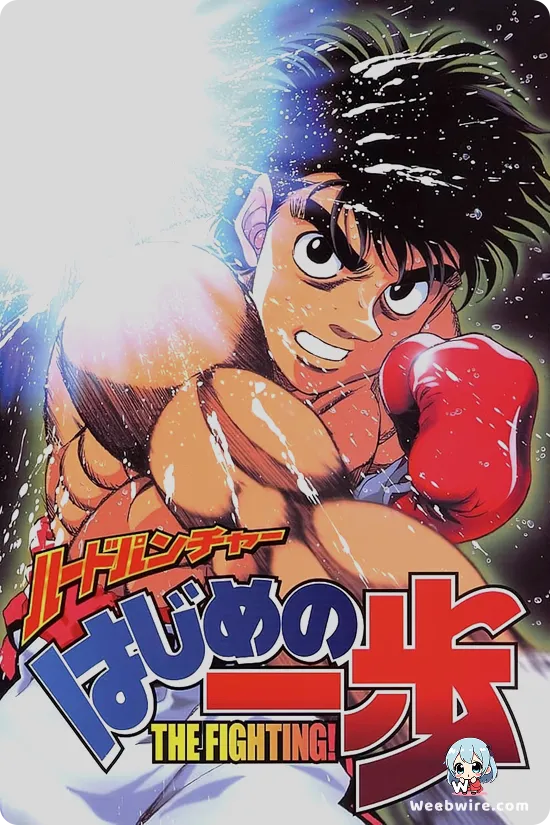Beyond the Data: Unpacking the Darker Origins and Surprising Philosophy Behind Digimon: Digital Monsters

The Unique Genesis of Digimon: Digital Monsters
The 1999 global sensation, Digimon: Digital Monsters (internationally known as Digimon Adventure), established itself as a definitive benchmark of late 20th-century animation. It is frequently cited among the pioneering series of the 'monster collecting' genre. While millions worldwide are familiar with the journey of Tai Kamiya and the other DigiDestined children, the franchise possesses a deep history of production secrets, surprising philosophical foundations, and critical behind-the-scenes decisions that elevate the series beyond a typical children's cartoon. Examining these often-overlooked elements provides profound insight into the enduring and complex appeal of the Digital World.
Crucially, the Digimon universe did not originate from a traditional manga or television concept. Its genesis was rooted in a 1997 virtual pet (V-Pet) device marketed specifically towards boys, known as the Digital Monster V-Pet. This origin is paramount, as it fundamentally dictated the series' core mechanics and narrative structure. Unlike its genre rivals, which often focused primarily on acquiring and battling predetermined creatures, the Digital Monster V-Pet centered on the intensive training, careful nurturing, and complex ‘raising’ of a creature. The creature's evolutionary path was determined by its environment and the care it received.
The Nuance of Digivolution and De-Digivolution
This foundational V-Pet concept explains why the anime places such heavy emphasis on the intrinsic link between the DigiDestined children’s emotional and moral development and their partners' ability to Digivolve. This system established a dynamic far more nuanced than simple combat power-ups.
A signature element that grounds the fantastical battles in genuine dramatic consequence is the concept of de-Digivolution. Reaching powerful forms like Ultimate (Mega) is tremendously taxing on the Digimon’s energy and, often, on the emotional stamina of the accompanying child. The necessity for Digimon to revert back to their less powerful Rookie or In-Training states following intense combat is a stark departure from many contemporaries. This cycling of power and vulnerability underscores the fragility of the Digital World, establishing that superior strength is not a permanent fixture but must be continually earned and maintained.

Shifting Tones and Hosoda's Visual Language
The original concepts, credited to the collective pseudonym Akiyoshi Hongo (representing Toei Animation and Bandai staff), were notably darker and more survivalist in tone. However, the decision to adapt the V-Pet into an anime promoted a focus on emotional growth, integrating the Crests (Courage, Friendship, Love, etc.) as psychological anchors. These Crests reflected each child’s unique struggles, such as T.K.’s Crest of Hope directly addressing his attempts to overcome fear and trauma.
Furthermore, the visual mood was cemented by the 1999 prequel short film, Digimon Adventure, helmed by future acclaimed director Mamoru Hosoda (known for Summer Wars). Hosoda's intimate, emotionally raw depiction of Tai and Kari’s first encounter with a Botamon/Koromon established the deep sibling bond and the dynamic visual language that permeated the subsequent television series.
The Impact of Western Localization
Finally, the highly successful Western localization undertaken by Saban Entertainment profoundly reshaped the viewing experience. While the Japanese version boasted Koji Wada’s passionate rock theme “Butter-Fly” and subtle emotional scoring, the English version introduced the iconic synthesized “Digimon Theme.” Saban also rewrote nearly all dialogue to include contemporary humor and replaced the entire background score, simplifying emotional complexity for a perceived younger audience.
Although these localization choices deviated significantly from the source material’s philosophical density, they were instrumental in ensuring Digimon: Digital Monsters' massive commercial success across Western territories, proving its versatility as a cultural phenomenon.
Credits
Digimon: Digital Monsters
Author
Akiyoshi Hongo
Cover Art
Katsuyoshi Nakatsuru
Studio
Toei Animation
Publisher
Bandai
Producers





